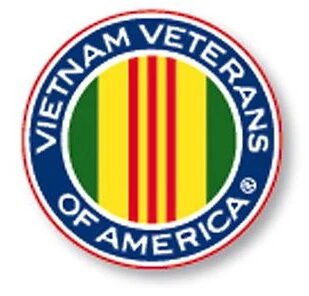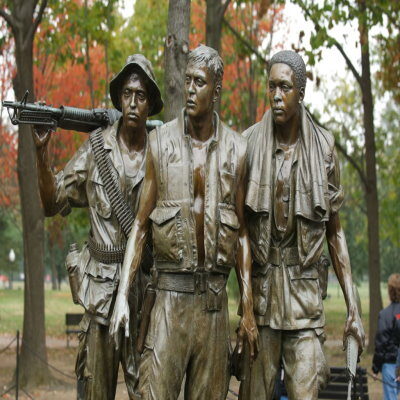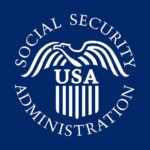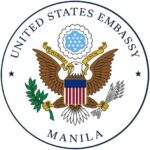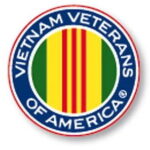Change in quarantine status for several regions across the Philippines(Health Alert – U.S. Embassy in the Philippines)According to the Philippines government, the following quarantine classifications will be in effect September 1-30, 2020:• Modified Enhanced Community Quarantine (MECQ): Mindanao – Iligan City• General Community Quarantine (GCQ): Luzon – National Capital Region (Metro Manila), and provinces of Bulacan, and Batangas; Visayas – cities of Tacloban and Bacolod• Modified General Community Quarantine (MGCQ): The rest of the PhilippinesLocal Government Units (LGUs), i.e. cities and municipalities, may still have curfews in effect to limit exposure to the COVID-19 virus. Some provinces also have implemented their own community quarantines. Domestic travel (land, air, and sea) remains restricted. Restrictions on entry into and travel within the Philippines remain in place. Foreigners, including those who are married to or dependents of Philippine citizens, must have a valid visa or will be denied entry upon arrival in the Philippines. The U.S. Embassy in Manila cannot intervene in or overturn immigration decisions made by the Philippine authorities.—–ACTIONS TO TAKE:• Practice proper anti-virus safety protocols, such as frequent hand washing and social distancing. Follow local protocols regarding the use of masks and face shields, as requirements may be more stringent in some areas.• For more information about Philippine government quarantine classification protocols and regulations, please visit https://www.covid19.gov.ph.• Follow the instructions of local authorities. Not doing so could result in fines or arrest.• If you live in an area that has imposed a local curfew ordinance or community quarantine, plan your activities and travel accordingly and monitor the relevant LGU’s website for more information.• Direct questions about Philippine immigration and visa issues to the Philippine authorities. See the Philippine Bureau of Immigration (BI) website at
www.immigration.gov.ph and social media at www.facebook.com/immigration.helpline.ph and www.facebook.com/officialbureauofimmigration.• Check with your airline, cruise line, or travel operator directly regarding updated information about your travel plans and/or restrictions. • Visit our Embassy webpage on COVID-19 (
https://ph.usembassy.gov/covid-19-information/) for information on conditions in the Philippines.• Consult the CDC website (
https://www.coronavirus.gov/) for the most up-to-date COVID-19 information.—–ASSISTANCE:• U.S. Embassy Manila1201 Roxas Boulevard, Manila, Philippines 1000Telephone and after-hours emergency number for U.S. citizens: +63 (2) 5301-2000• State Department–Consular Affairs 888-407-4747 or 202-501-4444.• State Department’s travel website (
https://travel.state.gov/) for the Worldwide Caution, Travel Advisories, Alerts, and Philippines Country Specific Information (
https://travel.state.gov/content/travel/en/international-travel/International-Travel-Country-Information-Pages/Philippines.html).• Enroll in the Smart Traveler Enrollment Program (STEP) to receive Alerts:
step.state.gov• Follow us on Twitter (
https://twitter.com/usembassyph) and Facebook (https://www.facebook.com/USEmbassyPH/).Please read the updated Health Alert from the U.S. Embassy in the Philippines:
https://ph.usembassy.gov/health-alert-u-s-embassy-manila-september-1-2020/#COVID19PH#coronavirus
vva-chapter-pi-887


